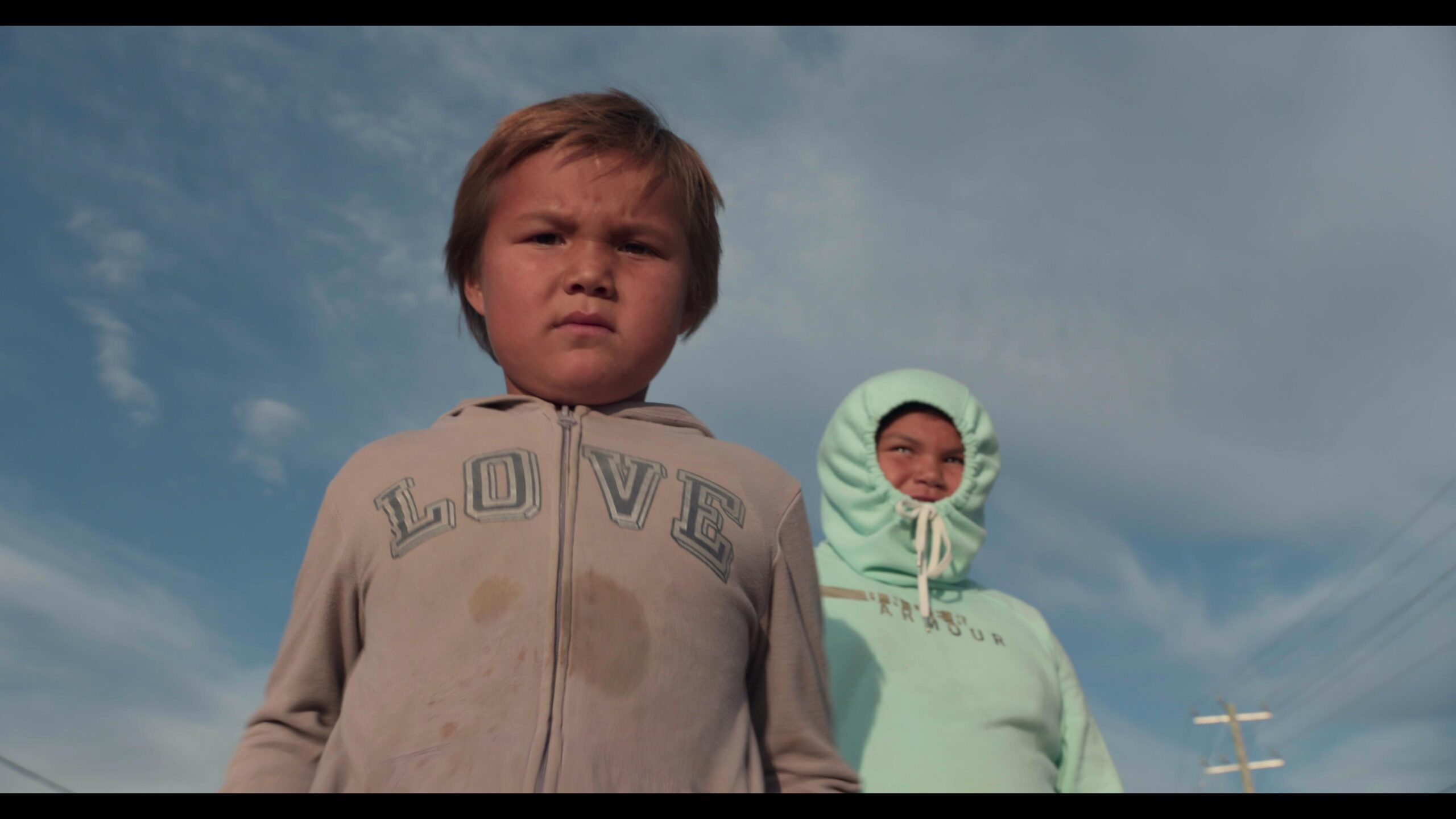Mary Teegee’s film explores a breaking of the imposed colonial linearity
Mary Teegee’s breathtaking documentary For Love delves into the issues that Indigenous folks across Canada/Turtle Island deal with, through the constant erasure of their culture, language, and ways of knowing.
The documentary was released on Netflix on Sept. 21.
The film’s introduction announces a harrowing tale. Somber music sustains the presenters’ voices while installing a sentiment of discomfort among viewers.
The only people who have a voice in the introductory scenes are white politicians, while the Indigenous children filmed in later scenes are voiceless.
The clips are soon replaced by numbers and statistics, hoping to give a factual understanding of different issues within Indigenous communities.
Though this film’s purpose is to expose truths about Indigenous healing and resurgence, the opening scenes support a colonial mindset.
They discuss themes such as child overrepresentation in the health system, deep poverty, and rates of suicide, rather than concentrating on representing Indigenous ways of knowing.
While English dominates the first 20 minutes, it is refreshing to finally hear some Micmac.
The trailer to this film paints a picture of different cultural practices, such as throat singing or language revitalization programs, yet the beginning of the documentary frames a colonial perspective in the imagery that then follows.
Images of throat singing, for instance, would have been more powerful as stand-alone pictures, not as objects of what could have been if the colonial agenda had not produced such high erasure.
“The numbers speak for themselves,” says narrator Shania Twain. These words only serve to further silence the broader political settler context regarding high mortality rates, poverty, and suicide within Indigenous communities across Canada/Turtle Island.
Twain offers a historical context to the colonial project on “the Indian problem.” A series of interviews are intertwined with stunning imagery of Kahnawake, Whitefish Lake, Attawapiskat, Nisichawayasihk, and Puyallup, which demonstrate the beauty of nature and our need to conserve it.
The images would often need trigger warnings, as academic parallels and uncontextualized sufferings are spoken about as if they were facts. Maps are shown with colonial names, such as Alberta or Quebec. Even on reserves, only the British names appear.
Twain discusses an idiom that has entered the English language: 60 scoop, meaning “the practice of taking of Indigenous children from their families,” emphasizing the deeply-ingrained colonial roots present in the settlers’ language.
The first 20 minutes of the film are misleading; they paint just another colonial picture, yet when the voices of the interviewees become centered and when the screen only leaves space for breathtaking imagery and Indigenous voices, the film starts to become unique and truly representative.
It is only after this dehumanizing introduction that the documentary paints a vivid picture of Indigenous peoples. The sounds of canoes on water, wood chopping, and resistance music by Mathieu Carratier announce a documentary distancing itself from colonial understandings.
Themes of solidarity, cultural appreciation, healing, and medical knowledge are reflected in interviews, while clips of politicians offer a humorous twist. Though given attention at the beginning of the film, during the rest of it these clips serve to satirize white voices describing an “issue” settlers have produced themselves.
There is a focus on sounds, which brings the film away from its grim context. Paddles on water, children’s laughter, and plates clinking at meals metaphorically demonstrate the resilience of Indigenous peoples.
A mundane scene at the supermarket shines a light on the humanity of different Indigenous peoples. It strives to universalize experiences on the ground of basic needs, such as food.
The film ends on a resistant note and shows the importance of conserving languages, and culture and centering the voices of the children in the process of resurgence.
